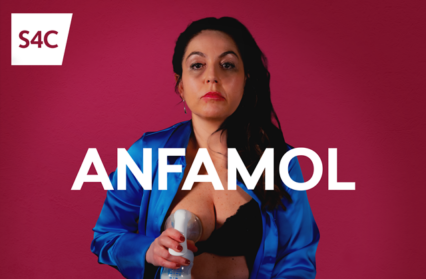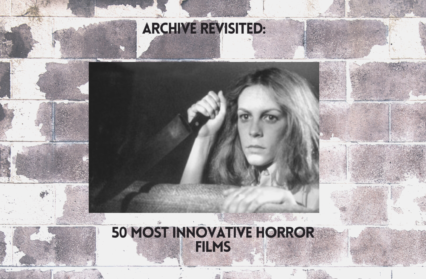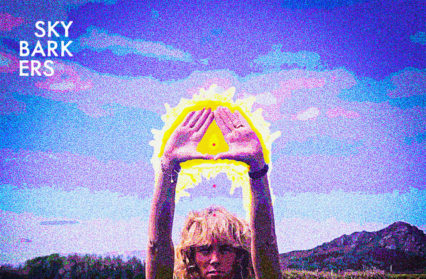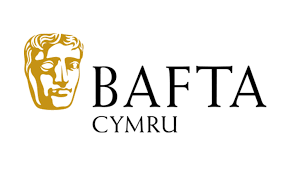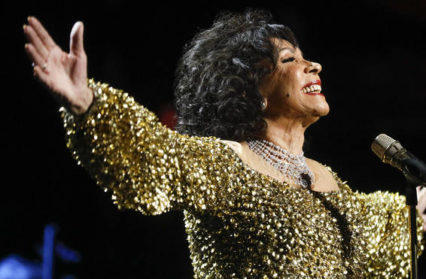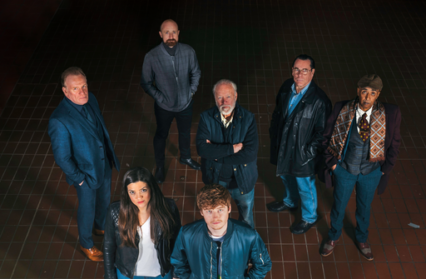Gary Raymond reviews The Hobbit: An Unexpected Journey, and argues that many critics may have overlooked its potential.
Peter Jackson deals in ambitious projects and it does not always fair him well. King Kong (2005) has its moments, but they are heavily weighed down by the mediocrity of the celluloid that surrounds them. His adaptation of the ‘unfilmable’ novel, The Lovely Bones (2009), is a horribly misjudged piece of trash. But, obviously, his Lord of the Rings trilogy was a triumph that changed cinema forever. And so the inevitable follow up (prequel-of-sorts), which he tried so hard not to direct, has arrived, and to a rather muted, unimpressed, so-so reception.
Much debate has ignored the film of The Hobbit entirely and focussed on how much people don’t like the 48fps in which Jackson shot it. Apart from the din of such facile debate, other critics have tried to review the film positively, but have done so through a barely concealed jaded mist. Jackson is a victim of his own world domination. The Lord of the Rings was the final word in blockbuster epics and everyone was happy with that situation. Coming back to it is just flogging a beleaguered, disinterested horse. But here’s the thing: the problem is this first instalment of Jackson’s Hobbit trilogy is better than The Lord of the Rings.
For a start, Jackson has returned to cinematic basics in some respects, and it does him no harm. One of the things cinema has always done best is the adventure story, and although The Lord of the Rings contains a quest narrative at its core, it is barely an adventure. The stuff that puts the meat on the bones of the flimsy central premise is the stuff of the novel, not of cinema. The Lord of the Rings is not about immense battles, or fighting trees or wizardry; it is about man’s relationship with the earth. That is what gives it its weight and that is not traditionally the fabric from which great cinema is woven. Jackson did an impressive job. Here he is helped by the fact that The Hobbit was Tolkien at his cinematic best.
However, The Hobbit is not perfection, not as a story and not as a film. If it feels in places that Jackson is repeating himself, it is because, in reverse order, Tolkien was. Tolkien was improving on his scenes of the perils of underground kingdoms when he replicated the journey of the dwarves through the goblin mines in The Hobbit and wrote the trek of the Fellowship through the abandoned dwarf kingdom in the first of The Lord of the Rings books. The tones of the books are so different that barely does the mind flicker back to the previous similarity when reading (and after all, you may not have read The Hobbit for decades by the time you reach Moria). But the films have been aligned to be part of the same whole, tonally, and ecologically (it is one of Jackson’s finest accomplishments that he melds the feel of films based on such different books). So the similarity in the patterns of the two narratives feel more hardened. But this just serves to emphasise how much improved Jackson is as a storyteller, and how he is beginning to grow into his role as the next generation’s Steven Spielberg.
this first instalment of Jackson’s Hobbit trilogy is better than The Lord of the Rings
What Jackson was born to deliver is high energy adventure, and whereas the likes of Jaws (1975), Raiders of the Lost Ark (1981) and Jurassic Park (1993) may now be classics of the modern type, they are exactly the form with which Jackson fumbled in his King Kong. Well, The Hobbit is Jackson’s best film to date, (and that includes his fabulous early New Zealand schlock horrors). Gone are the long dreary scenes of Frodo, Gollum and Samwise Gamgee wrestling with notions of destiny and self, betrayal and friendship, blood and water; gone are the tediously repetitive scenes portraying the drooling weakness of human characters as they come into contact with the one ring, or Saruman’s hypnosis; gone, in fact, is the tired old MacGuffin of the ring itself. This is simple dramatic adventure – a central, likeable character has to overcome weakness in order to do the right thing. He will learn lessons, make friends and overcome doubt. It is the plot, is it not, of Casablanca (1942), just to pick one piece of cinematic perfection. Why complicate things? Jackson, finally realising the director he was born to be (the director, in fact, who made Bad Taste (1987) and Braindead (1992)) does not linger on characters wrestling with their demons, doubts and script editor: the 169 minutes barely let up.
The famous opening is handled with a deft comic balance (something Jackson also did well in his early horrors and in The Frighteners (1996), his first US film) and something that could drag on does not. A lesser director would have sent in depth-charges to set up Bilbo’s character and overplayed the buffoonish ribaldry of the band of dwarves. But Jackson holds back and yet still makes the forward motion of the script get to where it needs to be.
This is simple dramatic adventure – a central, likeable character has to overcome weakness in order to do the right thing.
Another important development is the move on from the often overwhelming greys of The Lord of the Rings to browns and reds here. The first trilogy often takes itself too seriously, and the colour scheme can be quite leaden in places, more Cold War than comic book. Jackson warms the screen and does not let the adventure drop away, but rather we are drawn closer in; the peril is intensified not melted away.
Jackson also has the enormous benefit of the fact that we are familiar with so much of this world now, in cinematic terms, and there is a palpable feeling that we depend on Gandalf’s guidance through Middle Earth as much as his non-human charges do. This contributes to the excellent pacing of the film, and time after time we find ourselves ‘out of the frying pan and into the fire’. It is a shame that Jackson could not think of a way to rescue his heroes from the crippling deus ex machina that almost renders the final moments of The Return of the King a gross anti-climax (‘Why didn’t they just get the eagles to take them to Mount Doom in the first place, daddy?’ my friend’s little girl asked him whilst watching the films recently). After all, this is Jackson’s The Hobbit, make no mistake; and nobody would have objected to some narrative tidying. Jackson and his script-writing partner and wife, Fran Walsh, have developed so many strands of the story (for the better) as it is, and more, we are to believe, will follow. It is necessary: the only female character of the film is Cate Blanchett’s Queen Galadriel, a character that does not appear in the book.
Many have criticised the film for varying reasons, some of them valid, some of them not. But when time has passed, as it has done for The Lord of the Rings trilogy, The Hobbit will be treated with a greater respect than it currently is, and if the world is just, more respect than the trilogy that went before. It is testament to Jackson’s immense achievement with his adaptation of Tolkien’s greater work, that so many have been so unembarrassed to declare themselves unimpressed with The Hobbit because every big blockbuster that came after The Fellowship of the Ring owed a debt to it. The Hobbit has stepped the game up again, it has honed, developed and improved upon the achievements of the first trilogy, only some people have been too spoiled (and beleaguered) by Jackson’s own legacy to even realise what they’ve seen. The return of the king, indeed; if only we would care to hail him.
Banner illustration by Dean Lewis (logo – copyright Warner Brothers)


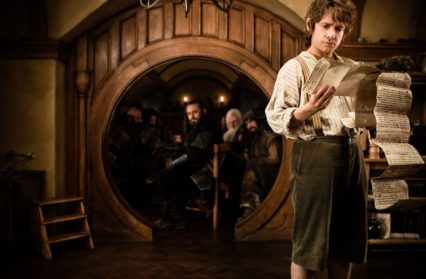

 Enjoyed this article? Support our writers directly by buying them a coffee and clicking this link.
Enjoyed this article? Support our writers directly by buying them a coffee and clicking this link.

